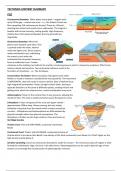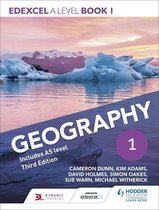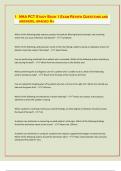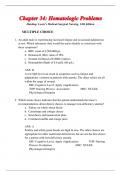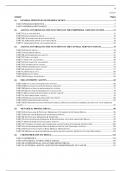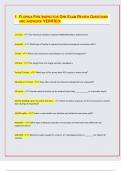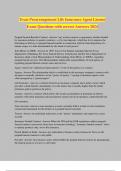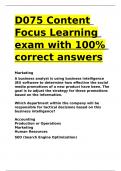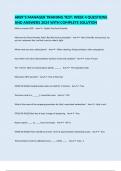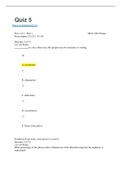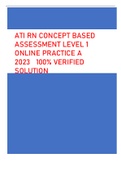Samenvatting
Edexcel A-Level Geography Topic 1 Tectonic Processes & Hazards Summary + Case Studies
- Vak
- Instelling
- Boek
A summary of Edexcel A-Level Geography's Topic 1 - Tectonic Processes and Hazards, utilizing the official 2016 Edexcel A Level Book 1 Geography Textbook 3rd edition, along with diagrams from the Geography for Edexcel A Level Year 1 Textbook and the Pearson Edexcel AS/A-Level Geography Book 1 Textbo...
[Meer zien]
